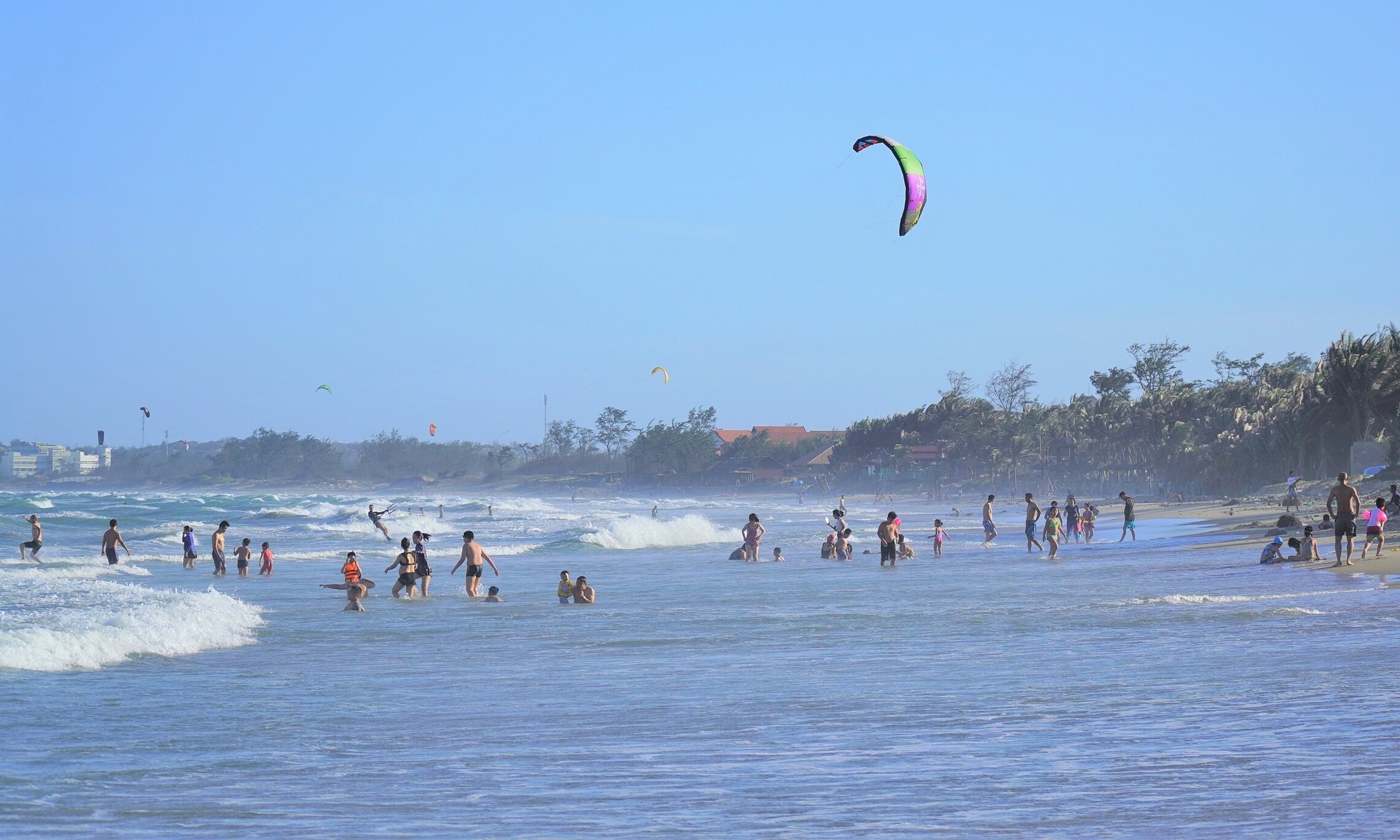
The newly endorsed master plan for the Mui Ne National Tourist Area in Vietnam’s southern coastal Binh Thuan province aims to reshape it into a prominent global tourist center, aiming to make it one of the leading destinations in the Asia-Pacific region by 2050.
The proposal aims to transform Mui Ne into an international tourist hub, driving economic expansion and enhancing the competitive edge of tourism in Binh Thuan Province as well as throughout Vietnam.
Spanning an area of 14,760 hectares, this region encompasses important sites within Phan Thiet City, Bac Binh District, and Tuy Phong District.
At its heart lies contemporary, sustainable infrastructure, this plan emphasizes verdant areas, tidiness, and the safeguarding of the area’s cultural, historical, and natural sites. Aligned with Vietnam’s Tourism Development Strategy for 2030 and Binh Thuan’s tourism objectives from 2021 to 2030, the initiative ensures the conservation of Mui Ne's distinctive legacy.
This project aims to harmonize the increase in tourism with urban development, particularly emphasizing beach resorts, aquatic activities, and attractions related to famous sand dunes. Additionally, the initiative prioritizes maintaining Cham cultural heritage, upholding traditional practices of coastal communities, and sustaining local festivities.
By 2030, the estimated population of the Mui Ne National Tourist Area is expected to hit 200,000, necessitating around 9,909 hectares of land. This includes about 1,773 hectares designated for tourism facilities and an anticipated provision of 41,000 hotel rooms.
By 2040, the region's population is projected to reach 300,000, leading to an increased demand for land usage totaling approximately 12,986 hectares. This includes allocating around 2,884 hectares for tourism facilities and developing about 71,500 hotel spaces.
One prominent aspect of the proposal is a 63-kilometer coastal route that will connect Phan Ri Cua with Phu Hai. This thoroughfare is set to become the principal transportation artery, facilitating connections between multiple coastal areas.
The primary plan also details approaches for land usage, infrastructural growth, and key investment initiatives to guarantee the seamless execution of this grand design.

No comments:
Post a Comment